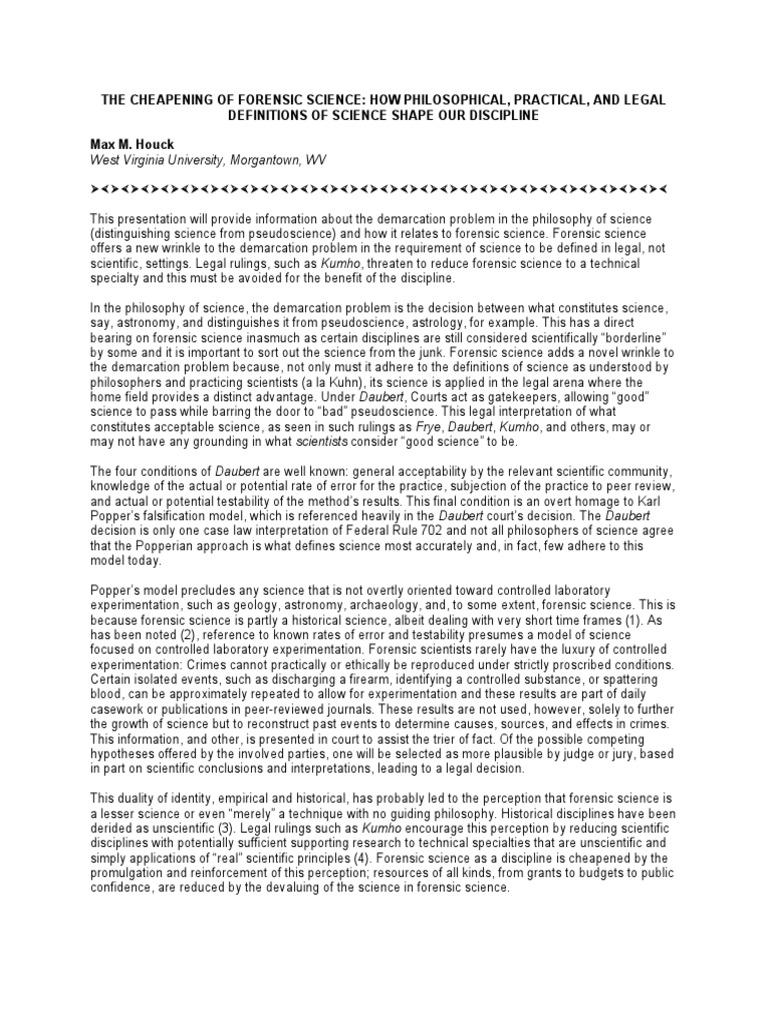Forensic biology, a captivating discipline that intertwines the rigor of scientific investigation with the complexities of legal proceedings, occupies a unique space in the realm of science. The question of whether it qualifies as a “pure science” is frequently posed, often stemming from the observation that its application is intrinsically linked to practical outcomes and legal interpretations. The fascination with forensic biology arises, in part, from its ability to transform seemingly insignificant biological clues into compelling narratives that can unravel the truth behind criminal events. It is a captivating field.
Pure science, at its core, is driven by the pursuit of knowledge for its own sake, often characterized by hypothesis-driven research aimed at understanding fundamental principles of the natural world. Disciplines such as molecular biology, genetics, and biochemistry, which underpin many forensic biology techniques, are generally considered pure sciences. These fields delve into the intricate mechanisms of life at the molecular level, often without immediate practical applications in mind.
The foundation of forensic biology undeniably rests upon these pure scientific disciplines. DNA analysis, a cornerstone of modern forensic investigation, relies heavily on the principles of molecular biology and genetics. Techniques such as polymerase chain reaction (PCR), short tandem repeat (STR) analysis, and DNA sequencing are direct outgrowths of basic research in these areas. Similarly, the analysis of biological fluids, such as blood, semen, and saliva, draws upon principles of biochemistry and immunology to identify and characterize these substances.
However, forensic biology distinguishes itself from its foundational sciences through its primary objective: to provide scientific evidence for use in legal contexts. This objective necessarily introduces constraints and considerations that are not typically encountered in pure scientific research. The forensic biologist must adhere to strict protocols and standards of evidence handling, chain of custody, and quality control to ensure the admissibility of their findings in court. This adherence to protocol, while essential for the integrity of the legal process, can sometimes limit the scope of investigation or the application of novel techniques.
One key difference lies in the concept of validation. In pure science, a new technique or methodology is often validated through peer review and publication in scientific journals. While forensic techniques also undergo validation, the criteria for validation are often more stringent and may involve demonstrating the reliability and accuracy of the technique in a variety of real-world scenarios. Furthermore, forensic techniques must be validated for use on specific types of evidence and within the context of specific legal jurisdictions.
The interpretation of results also differs significantly. In pure science, the interpretation of experimental data is typically driven by the desire to understand the underlying biological mechanisms. In forensic biology, the interpretation of results is often focused on providing probabilistic statements about the likelihood of a particular scenario. For example, a forensic DNA analyst may provide a statistical estimate of the probability that a DNA profile found at a crime scene matches a particular suspect. This type of probabilistic inference is not typically encountered in pure scientific research.
Furthermore, the adversarial nature of the legal system can introduce biases and challenges that are not present in pure science. Forensic biologists may be called upon to testify in court, where they may be subjected to cross-examination by opposing counsel. This can put pressure on forensic biologists to present their findings in a way that is favorable to one side or the other, even if it means downplaying uncertainties or limitations in the data. The scientific method emphasizes objectivity, while legal proceedings are inherently subjective, with arguments presented by opposing sides seeking to persuade a jury or judge.
The field of forensic biology is also heavily influenced by ethical considerations. Forensic biologists must adhere to a code of ethics that emphasizes impartiality, objectivity, and honesty. They must also be aware of the potential for bias and error in their work and take steps to minimize these risks. The potential for misuse of forensic evidence is a serious concern, and forensic biologists must be vigilant in protecting the integrity of their work.
In conclusion, while forensic biology draws heavily upon the principles and techniques of pure science, it is not strictly considered a pure science in and of itself. Its application is inherently linked to practical outcomes and legal interpretations, and its methods are subject to constraints and considerations that are not typically encountered in basic research. Instead, it is perhaps more accurately described as an applied science, a hybrid discipline that bridges the gap between the laboratory and the courtroom. It stands as a testament to the power of scientific knowledge to address real-world problems and to contribute to the pursuit of justice. The field continues to evolve, incorporating new technologies and methodologies to enhance its accuracy and reliability.










Leave a Comment